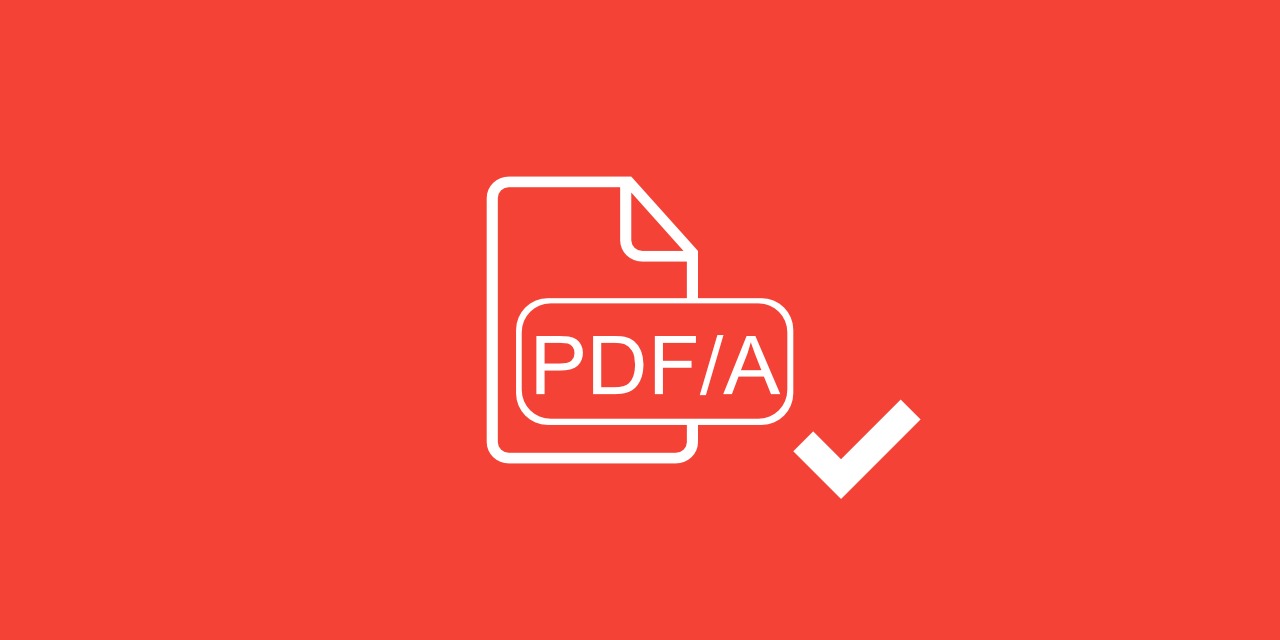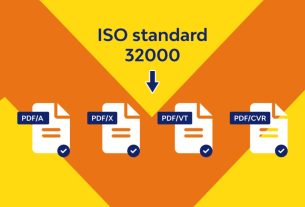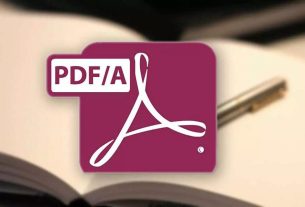PDF/A is the standard for archiving electronic documents. The PDF format is widely used all over the world. It is used for various purposes in the industrial, public and private sectors. The PDF /A standard is the ideal tool to guarantee the preservation and reproducibility of documents over a long period of time.
What is PDF/A?
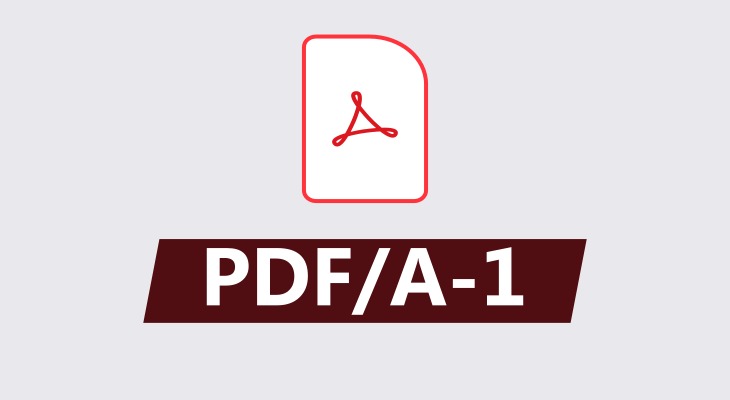
PDF/A is a Format that meets long-term archiving requirements. It combines the advantages of the PDF format with other specific long-term archiving requirements.
The ISO 19005 standard defines a PDF-based file format called PDF/A. The Format provides the principle of a stand-alone document. This means that the visual appearance of a document is preserved for an extended period of time, regardless of the tools and systems of creation, storage and reproduction.
This standard does not specify the methods, nor the intention or purpose of conservation. The standard therefore aims to ensure that electronic documents can continue to be displayed in their original appearance in the future.
For this reason, the document should not point indirectly or directly to an external source, such as an image or an external font that is not integrated into the document itself.
The PDF/A standard is a set of rules that defines the criteria that a document must meet to be compliant with PDF/A. It is more limited in its scope than PDF, because PDF itself is already the underlying standard.
What is the difference between PDF and PDF/A?
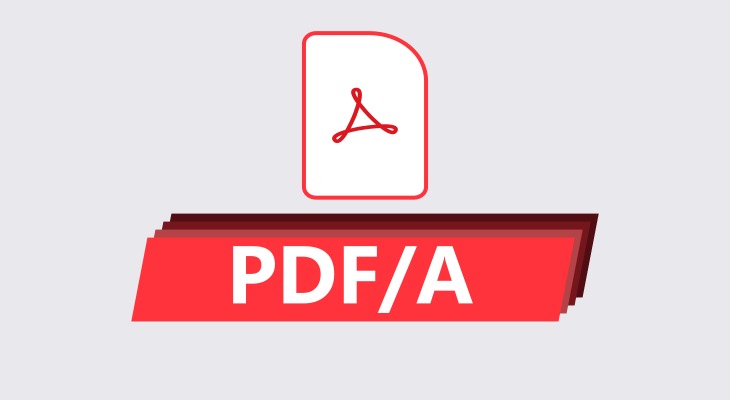
The normal PDF format does not guarantee long-term reproducibility or complete independence from the software and the output device. To guarantee both principles, it was necessary to both restrict and extend the existing PDF specification. From the very beginning, it was clear that PDF/A had to be based on an existing PDF Version in order to be accepted by a wide audience.
The reference PDF 1.4 (Acrobat 5) From Adobe forms the basis of the PDF/A standard (ISO 19005). It states that PDF/A “must meet all the requirements of the PDF reference which additionally include this part of the ISO 19005 standard”. In other words, the standard describes only the differences from the reference.
Some features supported by PDF 1.4, such as transparency or Audio/video playback, have been excluded from PDF/A. At the same time, PDF 1.4 describes the optional elements that are mandatory in PDF/A. For example, all visibly used fonts must be integrated into PDF/A.
In short, PDF/A mainly defines the specific properties listed in the PDF 1.4 reference that are mandatory, recommended, restricted or prohibited.
Where does the PDF/A format come from?

How has PDF/A evolved? Why was a PDF/A initiative created? How have the documents been archived in the past?
What are the versions and compliance levels of PDF/A?
PDF/A is designed as a standard series in several parts: PDF/A-1, PDF/A-2, PDF/A-3 and PDF/A-4. a after published Version does not replace or in any way replace a version published earlier. For example, PDF/A-1 compliant documents that have already been created remain valid for long-term archiving. They can remain unchanged, so an “upgrade” to PDF/A-2 is not necessary.
PDF/A versions 1 to 3 are also divided into two to three compliance levels, which indicate whether a document allows the use of Unicode text (Unicode = u) or accessible (Accessibility = a) in addition to a unique visual reproducibility (Basic = b). With PDF/A – 4, only two layers are formed depending on the content or the intended use.

